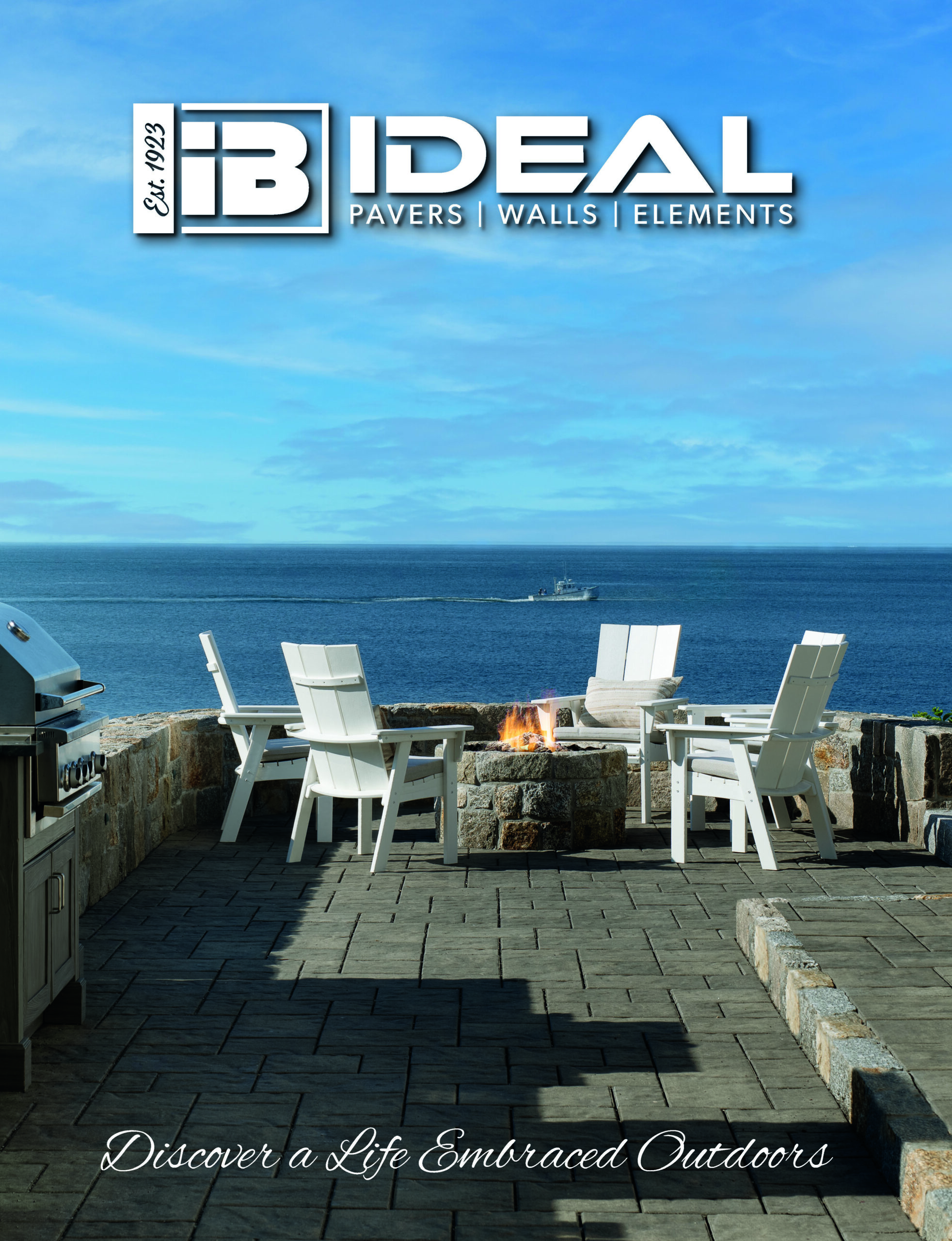Resources FAQ
FAQs
Have a question? We respond to all emails within 24 business hours.
Concrete pavers are considered to have a high resistance to traditional deicing chemicals such as sodium chloride commonly kown as ‘Rock-salt”. Pavers by Ideal® concrete paving stones have been tested for freeze-thaw performance using a 3% saline solution with excellent results. All deicing chemicals should be carefully evaluated before use. More information can be found in our Deicing Chemical Advisory.
No. Our pavers have been tested and surpass ADA standards for slip resistance. They also provide excellent skid-resistance under wet or dry conditions.
Terraced walls, sites with weak soils, slopes and surcharges require special consideration and construction techniques, including the use of geogrid. We recommend you use a qualified soils engineer and professional contractor familiar with wall construction for these situations. Check with your local building department for code requirements. In general, for most conventional landscape walls, the maximum height is 4′ when measured from the top of the footing. When using GravityStone, maximum wall height is 8′. Walls over these heights should be designed by an engineer and constructed by a professional contractor.
If polymeric sand was used to sweep into the joints, in many cases it is residue left on the surface. Another reason may be efflorescence, which is a white deposit that sometimes appears on the surface of concrete, masonry, or clay products. Although it can come from a number of sources, efflorescence is often a natural by-product of cement hydration. Technically known as calcium hydroxide, it appears as a white film when carried to the surface by moisture.
Depending on the type of stains, we have options for home remedies or professional cleaners. Leaves and other organics can be cleaned with a bleach solution, while grease and oil can be cleaned with Dawn dish detergent. Please email info@idealconcreteblock.com for all cleaning options.
Yes. Segmental retaining walls are frequently used to provide support to parking areas. However, the wall should be engineered and typically requires the use of geogrid. Vehicles should not be allowed to park within 3′ from the back of the wall.



